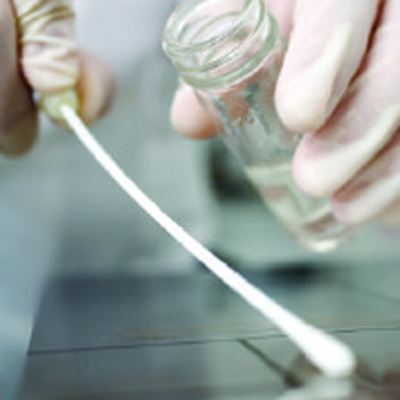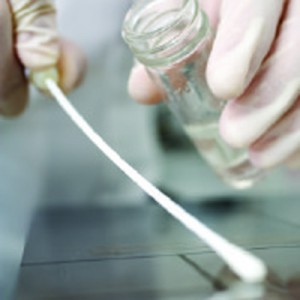Campden BRI to evaluate effectiveness of biocide alternatives
- Like
- Digg
- Del
- Tumblr
- VKontakte
- Buffer
- Love This
- Odnoklassniki
- Meneame
- Blogger
- Amazon
- Yahoo Mail
- Gmail
- AOL
- Newsvine
- HackerNews
- Evernote
- MySpace
- Mail.ru
- Viadeo
- Line
- Comments
- Yummly
- SMS
- Viber
- Telegram
- Subscribe
- Skype
- Facebook Messenger
- Kakao
- LiveJournal
- Yammer
- Edgar
- Fintel
- Mix
- Instapaper
- Copy Link
Posted: 2 February 2016 | Victoria White | 2 comments
Campden BRI’s experts will simulate real-life scenarios in their microbiology process hall to test the effectiveness of biocide alternatives in the decontamination of equipment and food surfaces…


Campden BRI has launched a new service to evaluate the effectiveness of biocide alternatives in the microbial decontamination of food contact services.


Campden BRI’s experts will simulate real-life scenarios in their microbiology process hall to test the effectiveness of biocide alternatives in the decontamination of equipment and food surfaces from pathogenic and other microorganisms.
Matrices, such as food debris, fat, oil and grease can be applied to surfaces to enable decontamination in real-life scenarios to be simulated and tested – generating meaningful quantitative data. Equipment and product manufacturers also have the option to get their equipment individually assessed at the facility.
Commenting on the new service, Joy Gaze, Head of Heat Resistance and Decontamination Group at Campden BRI said, “We can simulate conditions that are specific to a manufacturing site – from the surface materials, to the combinations of bacteria, even the type of food that will build up on the equipment – providing assurance and confidence that the product and the way it is applied will decontaminate effectively.”
The new service has been launched in response to the need for food manufacturers to reduce the use of biocides following the lowering of the maximum residue levels of Quaternary Ammonium Compounds used for disinfectant purposes in all foods from 0.5mg/kg to 0.1mg/kg by the European Commission in August 2015.









Dear Victoria,
Working for Holchem, we supply ‘old style’ disinfectants; over many years we have looked at and considered different methods of disinfection and even spent time presenting to our customers on emerging technologies (ozone, hypochlorous acid, steam, cold plasma etc.).
Will your research involve these methods or some other new types of disinfectant and can we be involved in some way; or will a report be published in due course?
Regards,
Alan
Hi Alan,
Thank you for your comment. Campden BRI have launched this new service and will be able to provide you with more information on the disinfectants to be included in their research. Contact details for Campden BRI can be found here: http://www.campdenbri.co.uk/campdenbri/contact.php
Kind regards,
Victoria